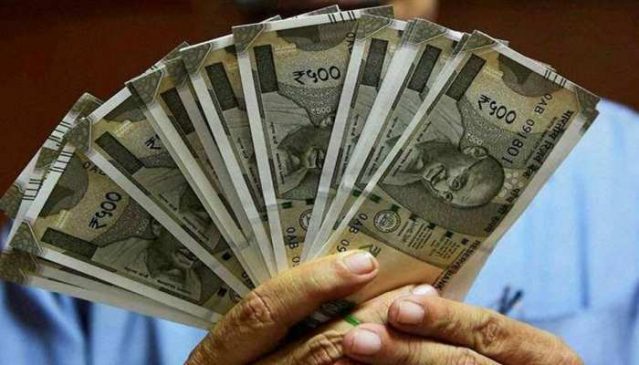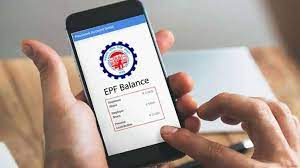How to do PF KYC Online: The completion of KYC formalities is an important step towards making seamless use of one’s provident fund account. Once the KYC details are verified and seeded with the PF account, transfer of account or viewing passbook etc becomes easier. All such transfer and withdrawal happens through the Unified Portal of the EPFO but only after KYC has been updated and an activated UAN is there with the employee.
Currently, the employee can submit three types of claims without attestation of the employer – Form-19, 10C and 31. However, the member must ensure that his UAN is activated and at least the bank account and Aadhaar KYC’s in respect of his account is approved by the Employer using the Digital Signature Certificate.
In order to update or change in KYC (Know your customer) detail on UAN EPFO portal, the employees require UAN (Universal Account Number). Member can log in to EPFO UAN portal and update KYC by uploading necessary documents online. Online request for correction in name, date of birth and gender has also been introduced by EPFO.
KYC (Know Your Customer) is member’s data updation to improve the services of EPFO for employees. These KYC details include PAN, Aadhaar and Bank Account details. If one has not yet updated these details on the EPFO Member Portal, the employees can update KYC details online in EPFO’s UAN Portal.
Employees can seed the Aadhaar, PAN, bank account details through the Member portal after UAN is activated by employer. A claim can be submitted through online mode without attestation of the employer. An employee can also view the monthly contribution statement by login to the UAN portal.
To link Aadhaar with UAN, one may visit the eKYC portal as well. Here, one may also track the status of the eKYC which has been submitted. Once one has linked PAN and UAN, the online EPFO services linked with Aadhaar can be availed even through the ‘UMANG’ Mobile App.
Furnishing PAN is important from the tax point of view. If an employee provides or link PAN and the PF balance is more than Rs. 50,000 and service rendered is less than 5 years, then 10 per cent tax (TDS) would be deducted.





































